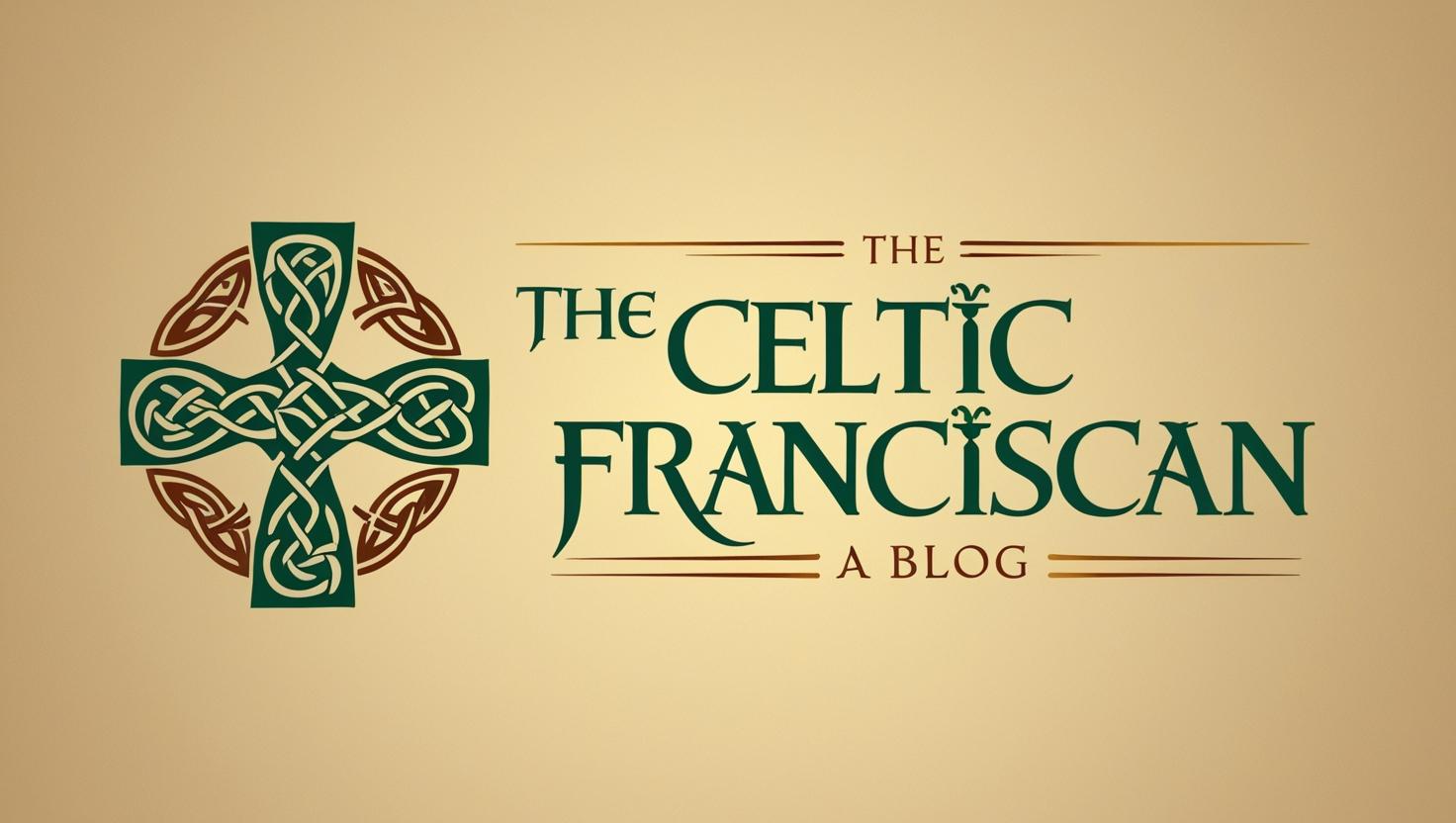The rise of artificial intelligence has created both awe and anxiety. AI can write essays, generate art, mimic human speech, and increasingly shape decisions about justice, healthcare, and security. Yet for all its capabilities, AI cannot hope. Hope is a virtue grounded not in prediction or processing power, but in trust, vulnerability, and faith.
Still, the question for people of faith is urgent: How might AI and faith-based hope coexist in our modern world?
1. Recognizing the Limits of AI
First, we must acknowledge AI’s limits. Machines can simulate hopeful language, but they cannot feel longing, risk, or trust. In Christian theology, hope is inseparable from the Holy Spirit, the quiet companion who strengthens us to endure suffering and look toward renewal. Christian hope is not optimism as much as it is a surrendering.
Humility is essential to surrender. If we mistake AI’s forecasts for faith’s hope, we risk outsourcing not only our decision-making but also our moral courage. AI may predict better futures, but it cannot walk with us into suffering or transformation.
2. Using AI to Amplify Human Hope
Acknowledging these limits, people of faith can still harness AI to amplify hope. For example, AI can reveal patterns of poverty and inequity, allowing faith communities to respond with greater compassion and precision. AI can help forecast risks, enabling churches, synagogues, and mosques to mobilize aid more quickly and efficiently. AI can even help preserve and translate sacred texts, oral traditions, and liturgies across languages and cultures, ensuring that stories of hope are not lost.
When framed ethically, AI becomes a tool for solidarity rather than substitution. AI is not meant to act as a solitary chaplain or spiritual companion, but to serve the wider community by making hope more accessible and actionable.
3. Practicing Discernment in Deployment
Coexistence also demands discernment. AI systems are embedded with human biases and incentives, some of which are indifferent to human dignity. Faith-based traditions provide practices of discernment that can guide us. For Christians, this means testing every new tool against the questions: Does it honor the image of God in each person? Does it deepen community rather than isolate? Does it nurture hope or exploit despair?
The prophetic tradition reminds us that hope often emerges in disruption. Walter Brueggemann calls it “the horror of the old collapsing and the hope of the new emerging.” Faith communities must insist that AI serve not consumer capitalism alone, but the deeper call to justice, mercy, and shared flourishing.
4. Toward a Future of Coexistence
Ultimately, AI and faith-based hope can coexist when we remember their distinct roles. AI can inform, predict, and connect. Faith can inspire, sustain, and redeem. Together, they can help communities see possibility without losing sight of mystery.
In a world anxious about automation and dislocation, people of faith are uniquely positioned to insist that AI’s future not be measured only in profit or efficiency, but in its capacity to serve human dignity and divine hope.
To coexist with AI is not to surrender our humanity, it is to remember that our deepest hope is never in algorithms, but in God who makes all things new.



